Childhood Obesity: Questions and Answers for Educational Campaign
VerifiedAdded on 2022/09/09
|5
|963
|27
Homework Assignment
AI Summary
This assignment addresses the critical issue of childhood obesity, a multifaceted problem requiring interventions from various stakeholders. It explores the causes and consequences of childhood obesity, emphasizing the need for educational campaigns and community involvement. The assignment analyzes stakeholder perspectives, particularly those of families, to understand barriers and effective treatment approaches. It then delves into the advantages and disadvantages of using social media in health promotion, considering its potential for support and reach, while also acknowledging the risks of misinformation and distraction. The assignment also discusses the use of shock messages in campaigns and the importance of providing accurate information from reliable sources to create awareness. It highlights the need for evidence-based educational materials, including the link between obesity and chronic diseases, to achieve optimal outcomes in preventing childhood obesity and its associated health risks. The assignment incorporates references from various studies to support its arguments.
1 out of 5
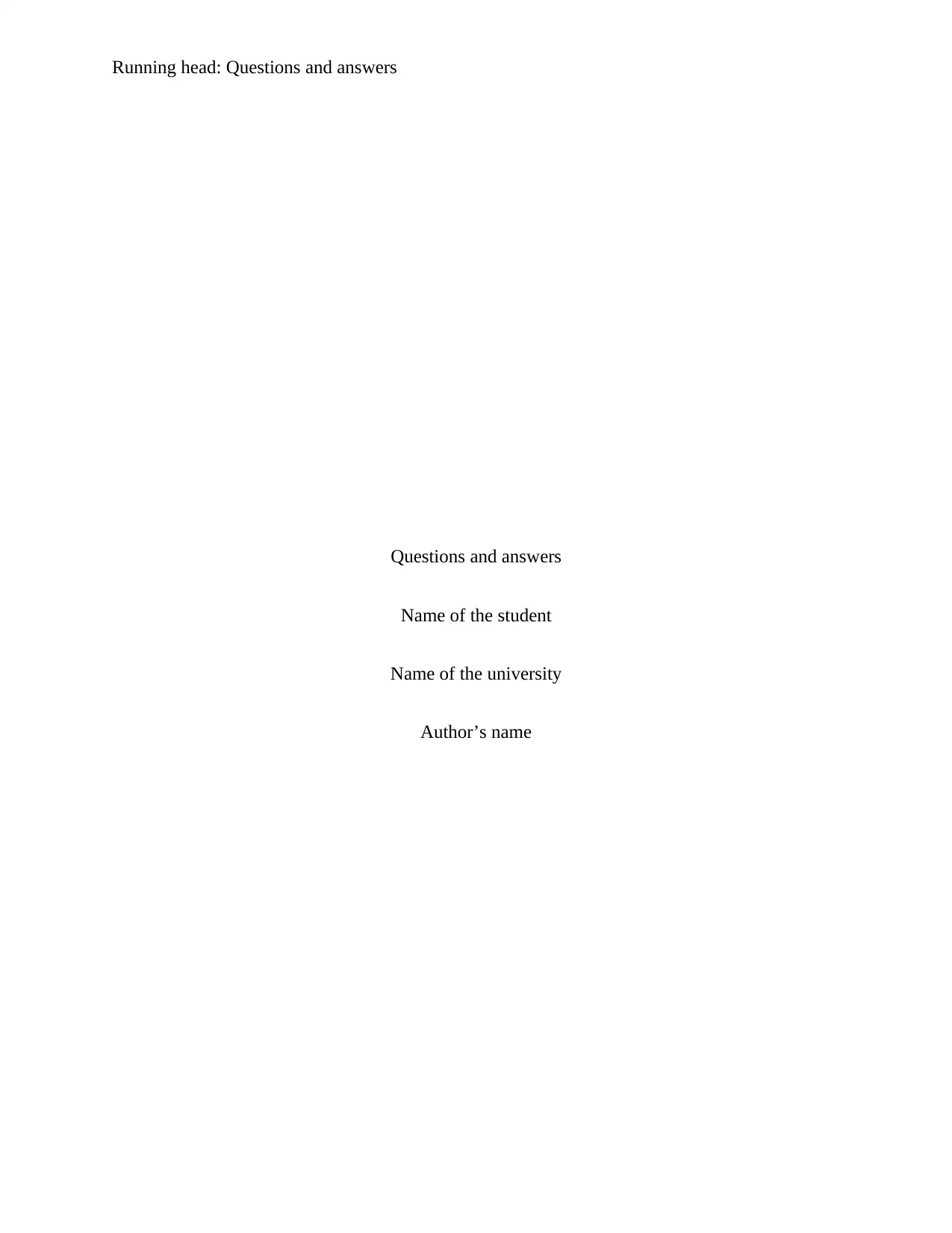
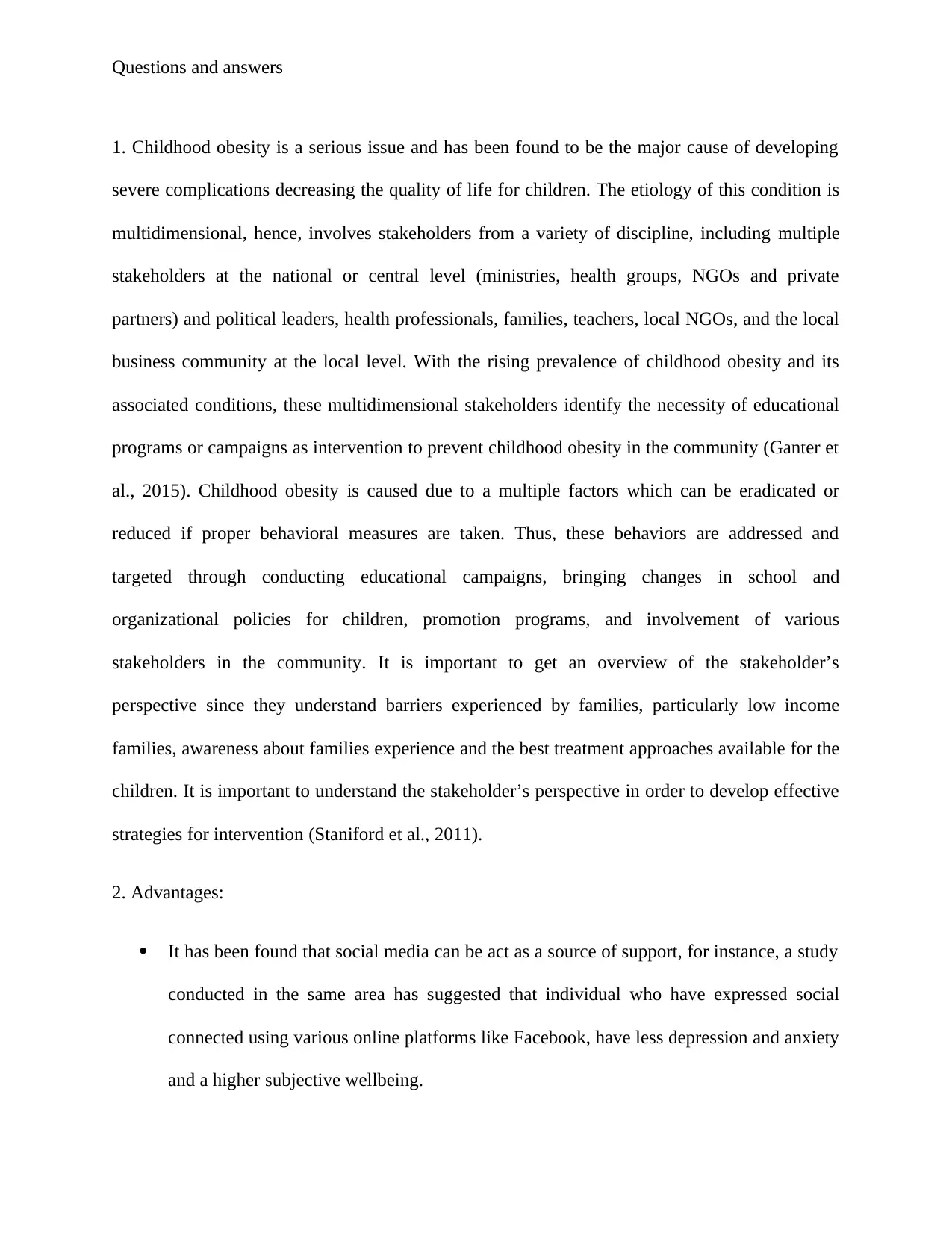
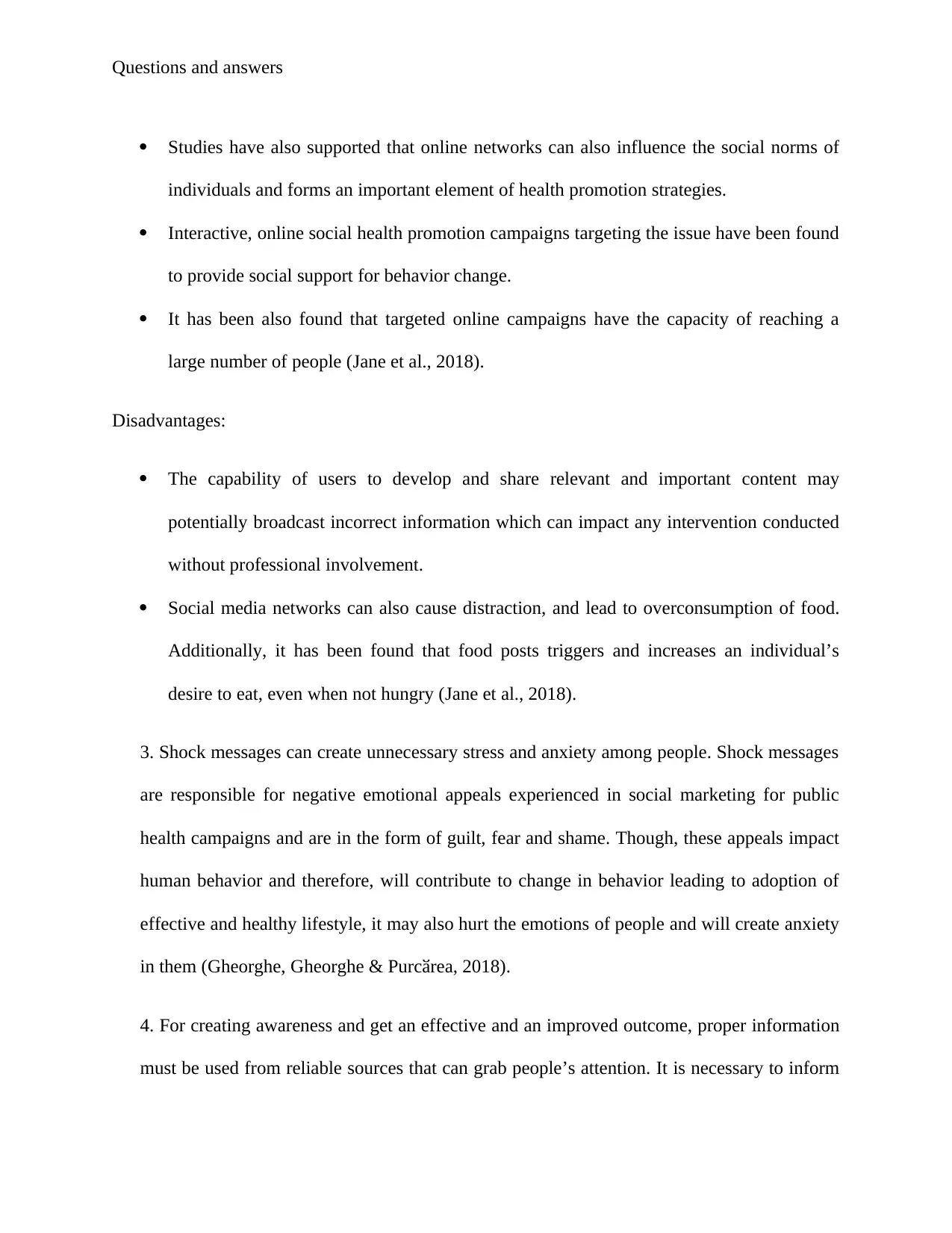

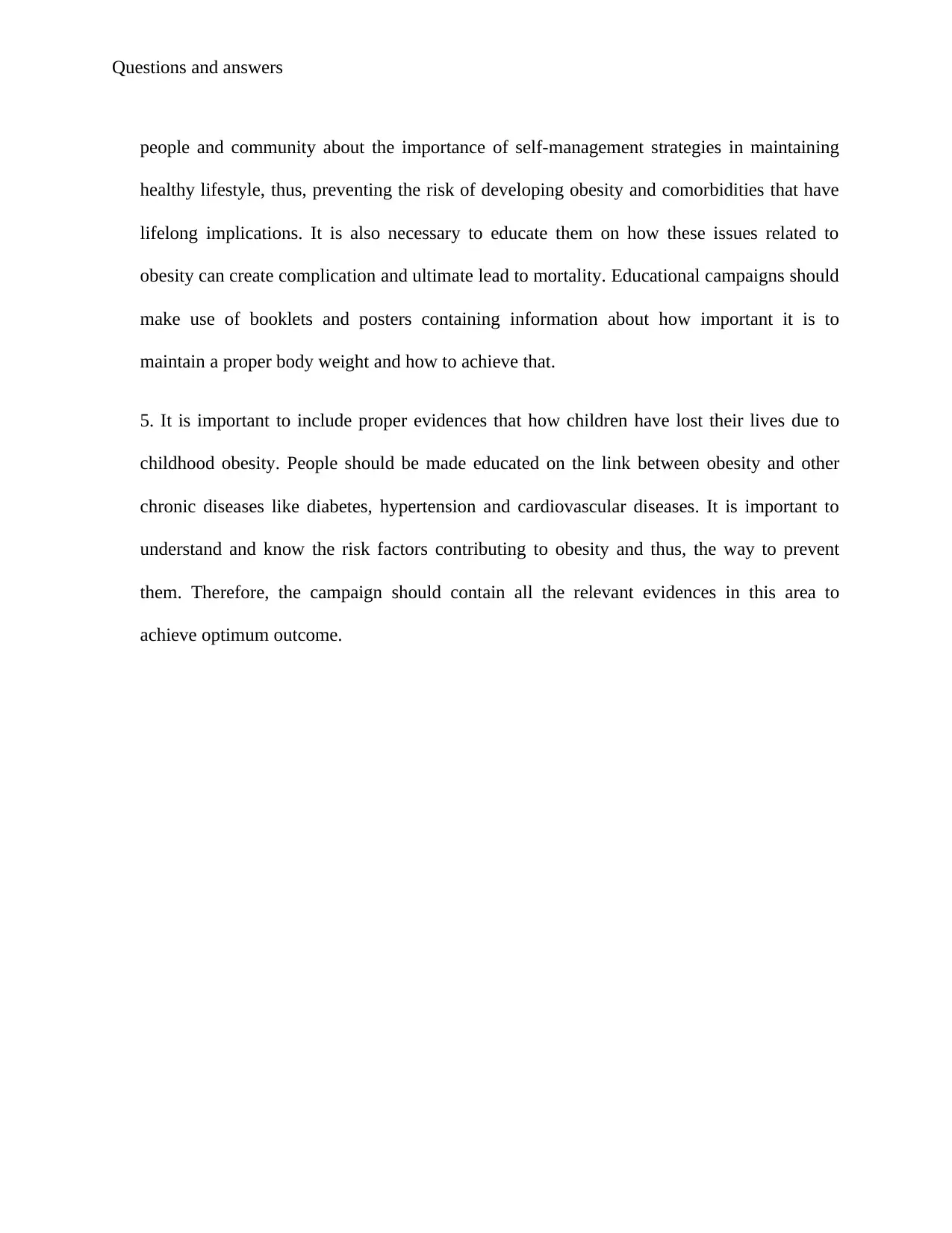
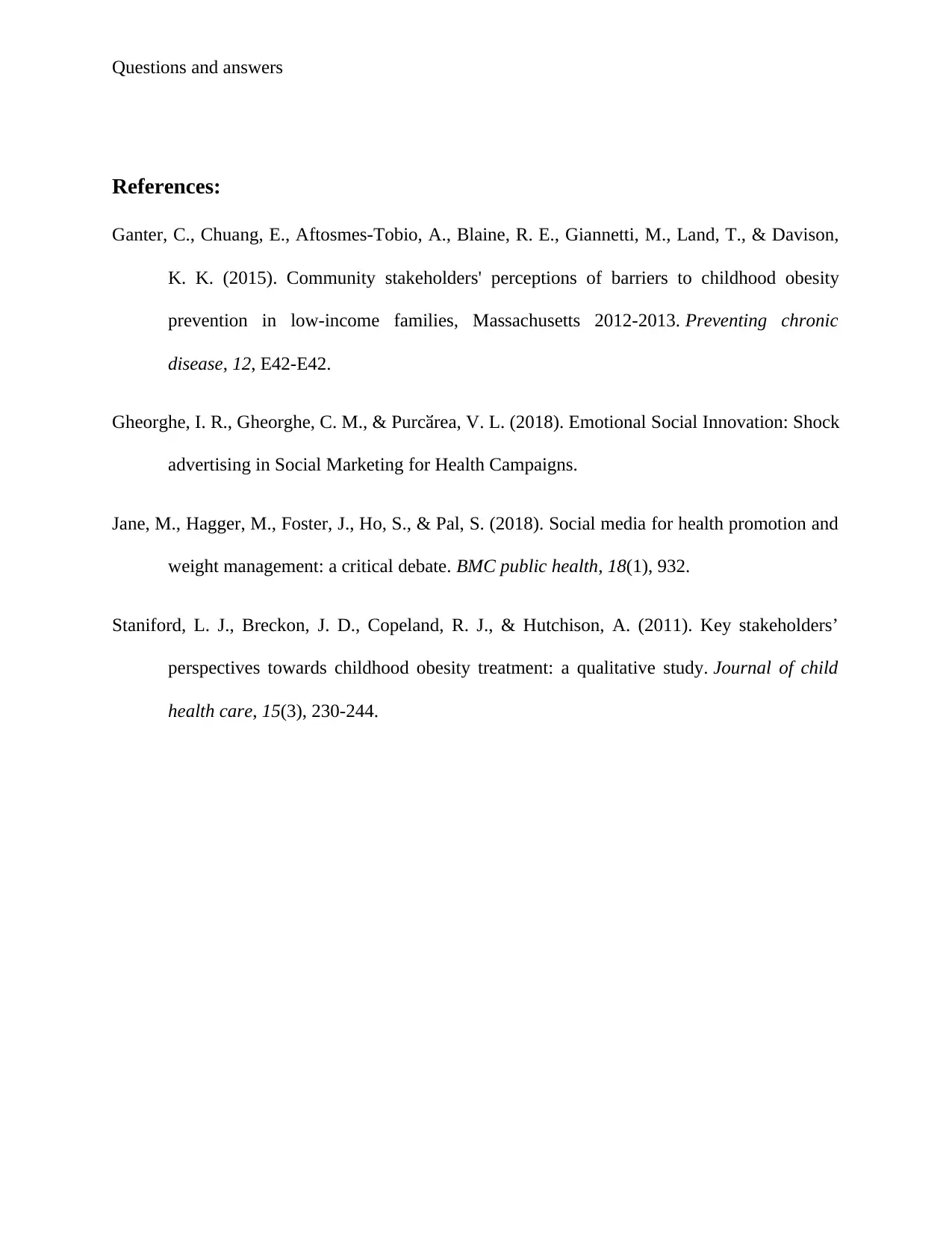






![[object Object]](/_next/static/media/star-bottom.7253800d.svg)